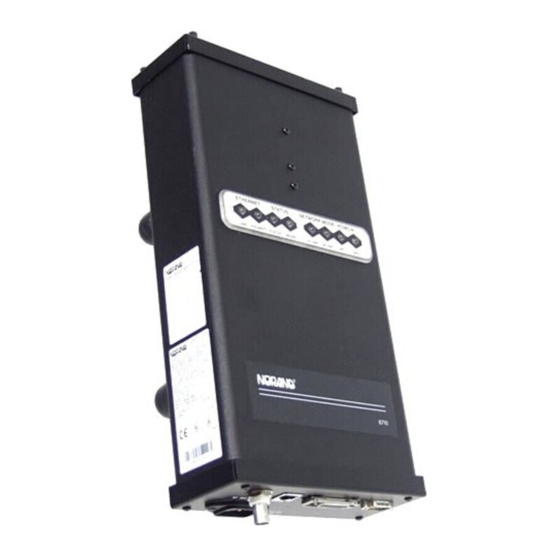
User Manuals: Intermec 6710 Wireless Access Point
Manuals and User Guides for Intermec 6710 Wireless Access Point. We have 2 Intermec 6710 Wireless Access Point manuals available for free PDF download: User Manual, Reference Manual
Intermec 6710 User Manual (348 pages)
Intermec 6710 Access Point: User Guide
Brand: Intermec
|
Category: Wireless Access Point
|
Size: 1 MB
Table of Contents
Advertisement
Intermec 6710 Reference Manual (210 pages)
Norand Management Information Bases
Brand: Intermec
|
Category: Wireless Access Point
|
Size: 0 MB
Table of Contents
Advertisement

